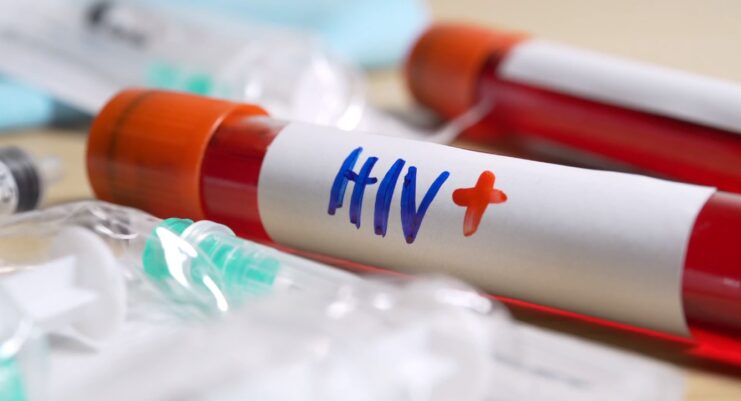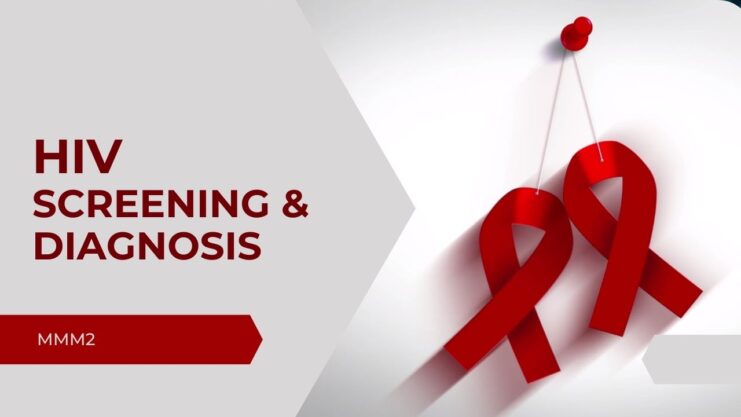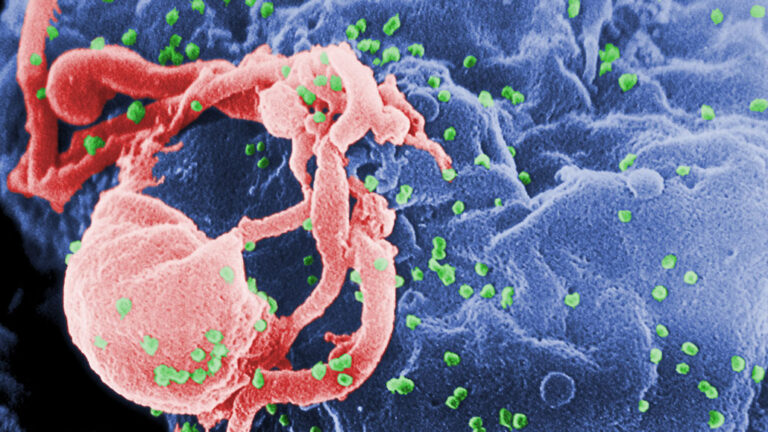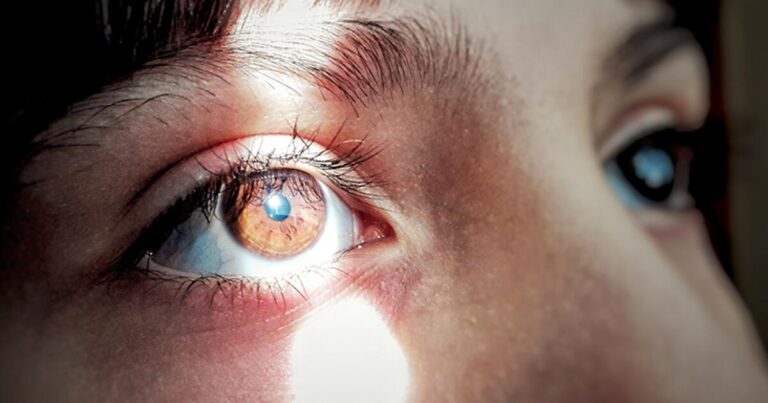The world of medical science is vast and ever-evolving. One of the most critical areas of focus in recent decades has been the understanding, screening, and diagnosis of HIV. This article delves deep into the intricacies of the MMM2 – HIV Screening and Diagnosis, presenting valuable insights in an easily digestible format.
Whether you’re a medical professional, a student, or just someone curious about the topic, this article is crafted to cater to a diverse readership. Let’s embark on this enlightening journey together.
Human Immunodeficiency Virus, is a virus that attacks the body’s immune system. If untreated, it can lead to AIDS (Acquired Immunodeficiency Syndrome). Unlike some other viruses, the human body cannot get rid of completely. Hence, once someone has HIV, they have it for life.
The Origin of HIV
HIV is believed to have originated from non-human primates in Central and West Africa. While the exact timeline is debated, researchers believe that the virus made the jump to humans (a process called zoonosis) in the early 20th century. The virus has since evolved into two main types: -1 and-2.
- -1: Predominantly found worldwide, this is the most common form of the virus.
- -2: Mostly found in West Africa, it’s less infectious and less pathogenic than -1.
How Affects the Immune System
HIV primarily targets CD4 cells (T cells), which are crucial for the immune system to fight off infections. The virus replicates within these cells, gradually reducing their number. This weakens the immune system, making the individual more susceptible to other infections and diseases.
- Acute Infection Stage: This is the initial stage, where a person might experience flu-like symptoms. However, many don’t show any symptoms at all.
- Chronic HIV Infection: If not treated, HIV can remain in and produce low levels of the virus for many years.
HIV Screening: The First Step to Knowledge

Screening for HIV is the process of testing an individual to determine if they have been infected with the virus. Early detection is crucial, as it allows for timely treatment and reduces the risk of transmission.
Types of Tests
There are three main types of tests, each with its own set of advantages and limitations:
- Nucleic Acid Tests (NATs): These tests detect the virus itself. They are expensive but can detect earlier than other tests.
- Antigen/Antibody Tests: These tests detect both antibodies and antigens. Antigens are foreign substances that cause the immune system to activate, and antibodies are proteins produced by the immune system in response to an antigen.
- Antibody Tests: These tests detect only the antibodies to HIV, not the virus itself. They are commonly used for routine screening.
The Importance of Regular Screening
Regular HIV screening for women and men is essential, especially for those at higher risk. Early detection means early treatment, which can lead to a longer, healthier life. It also means a reduced risk of transmitting the virus to others.
- Who Should Get Tested: Everyone between the ages of 13 and 64 should get tested at least once. Those with higher risk factors, such as multiple sexual partners, should consider more frequent testing.
- When to Get Tested: It’s essential to understand the window period – the time between potential exposure to HIV and when a test can accurately detect it. Depending on the test type, this can be anywhere from 10 days to three months.
Diagnosis: Confirming the Presence

A positive result from an HIV screening test doesn’t necessarily mean that an individual has it. Confirmatory tests are needed to ensure an accurate diagnosis.
Understanding False Positives
Sometimes, HIV tests can produce a false-negative result or a false-positive, indicating that someone has HIV when, in fact, they do not. This can be due to various reasons:
- Presence of antibodies from other diseases or conditions.
- Recent vaccinations.
- Technical issues with the testing procedure.
Confirmatory Tests
If an initial test returns a positive result, a follow-up test is conducted to confirm the diagnosis. The most common confirmatory test is the Western blot, which detects antibodies in the blood. Another test is the immunofluorescence assay (IFA). Both tests are highly accurate.
- Western Blot: This test detects specific protein bands related to antibodies. If these bands are present, the test is positive.
- IFA: In this test, cells infected with HIV are mixed with a sample of the patient’s blood. If antibodies are present in the blood, they will bind to the infected cells, which can then be detected under a microscope.
The Evolution of Testing
As with many areas of medicine, the methods and technologies used for testing have evolved over the years. From the first tests in the 1980s to the advanced methods available today, the journey of testing mirrors the broader progress in medical science and technology.
The First Tests
The initial tests for HIV, introduced in the mid-1980s, were primarily enzyme-linked immunosorbent assays (ELISA). These tests detected antibodies to HIV in the blood. While revolutionary at the time, they had limitations:
- Sensitivity: Early tests sometimes missed recent infections due to the window period.
- Specificity: There were instances of false positives due to cross-reactivity with other antibodies.
Modern Testing Methods
Today’s tests are more accurate, faster, and can detect infections earlier than their predecessors. Advancements include:
- Rapid Tests: These can provide results in as little as 20 minutes.
- Home Testing Kits: Allowing individuals to test themselves in private.
- Fourth-generation Tests: These can detect antigens (p24) as well as antibodies, narrowing the window period.
Challenges in HIV Diagnosis

Despite the advancements in testing methods, challenges remain in the realm of diagnosis. These challenges can range from social and cultural barriers to technical limitations.
Stigma and Fear
One of the most significant barriers to HIV testing is the stigma associated with the virus. Many fear discrimination or ostracization if they test positive, leading them to avoid testing altogether.
- Cultural Barriers: In some societies, discussing and sexual health is taboo, making it challenging to promote testing.
- Lack of Confidentiality: Concerns about privacy can deter individuals from seeking testing, especially in smaller communities.
Technical Limitations
While modern tests are highly accurate, no test is infallible. There’s always a balance between sensitivity (detecting true positives) and specificity (avoiding false positives).
- Window Period: There’s still a period post-exposure where infections might go undetected.
- Rare Strains: Some less common strains might not be detected by standard tests.
The Future of Screening and Diagnosis

As research continues and technology advances, the future of HIV screening and diagnosis looks promising. The focus is not just on improving test accuracy but also on making testing more accessible and reducing associated stigmas.
Innovations in Testing
Researchers are continually exploring new methods and technologies to improve testing:
- Self-Testing Advances: Efforts are being made to make home testing kits even more user-friendly and widely available.
- Digital Platforms: Apps and online platforms are being developed to guide individuals through the testing process and provide post-test support.
Breaking Down Barriers
The global health community recognizes the need to address the social and cultural challenges associated with testing:
- Awareness Campaigns: Efforts are being made to educate communities about HIV, reducing stigma and fear.
- Confidentiality Assurance: Ensuring that testing is private and results are confidential is crucial to encourage more people to get tested.
Final Words
HIV screening and diagnosis have come a long way since the discovery of the virus. With the advancements in medical science and technology, we are better equipped than ever to detect, manage, and ultimately combat this global health challenge.
However, the journey doesn’t end with just technological advancements. Breaking down societal barriers, dispelling myths, and ensuring everyone has access to testing and treatment are equally crucial. Together, with knowledge as our tool and compassion as our guide, we can envision a world where HIV is a thing of the past.
Related Posts:
- Trichomoniasis: Diagnosis and Treatment Options for…
- Ultimate Guide to Chlamydia: Diagnosis and Treatment Options
- Importance of STD/STI Screening for Women: Taking…
- Screening for Genital Herpes: Knowledge is Power
- HIV ELISA Test And HIV ECLIA Test: The Power of Accuracy
- When to Test for HIV During and After Completion of…













